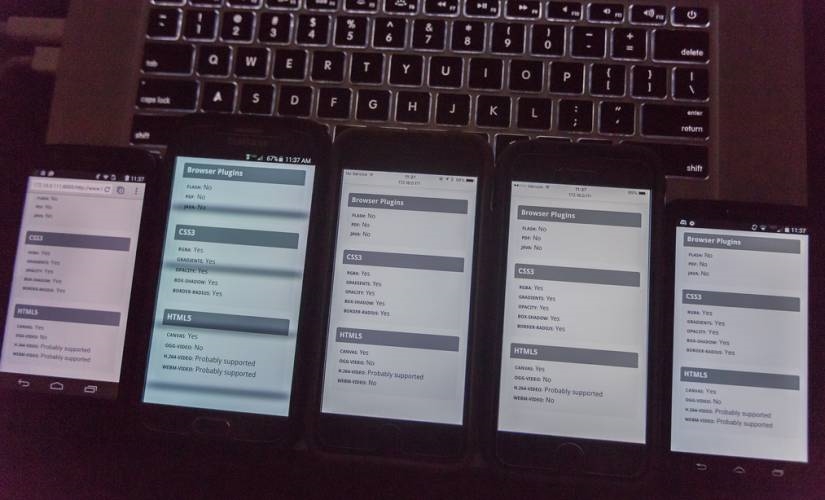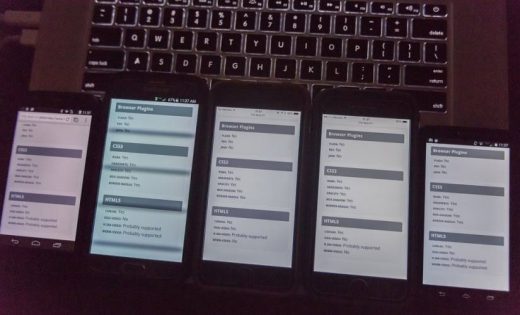QA Testing – Manual, Automated, or Crowdsourced
QA Testing – Manual, Automated, or Crowdsourced

When working on software development, no matter the team you are on, it is crucial that all people involved share a common belief. That belief is that testing is extremely important and should be executed in the most accurate manner possible. The actual testing means in order for your software to be reliable and error-proof — the quality assurance (QA) must be proven. This proof helps you and your team build a sustainable brand.
The common problem testing teams face in choosing the type of Quality Assurance Test (QA) they should apply.
There are three types of QA testing, each of them being used in today’s industry and each of them working effectively depending on a number of different key factors.
Listed here are the pros and cons of each type of QA testing, trying to give you a comprehensive overview of the entire concept:
Manual Testing
First and foremost, we have to go all the way back to the beginning, more exactly, to manual testing.
When it comes to manual testing, there is an actual person, named a QA Analyst, who is designated to discover bugs in software that is under development. This person has to check all the essential features of an application, without using any automation software testing tools.
Now let’s list some pros and cons of manual testing:
PROS:
-
- The visual feedback is fast and accurate.
- Least expensive.
- The benefit of human judgment and intuition.
- No need for code.
CONS:
- The least reliable method. It’s prone to human mistakes.
- The process can’t be recorded accurately as each human picks their own method to record. There has not been a standard written for recording this method.
- Sometimes, some tasks are more difficult to perform manually, which could be time-consuming.
Automated Testing
Things with automated testing are pretty straight forward: some people write code/scripts, meant to automate the test execution. This type of testing relies entirely on a pre-scripted test, which runs automatically and it is intended to compare the actual results with the expected results.
Pros and cons of automated testing:
PROS:
-
- Finds more bugs than human testing.
- Speedy and efficient process.
- It can be recorded and the scripts can be reused.
- It works continuously, without the human need of resting and taking breaks.
- It increases productivity because of the speedy process.
CONS:
- Given the fact that there are no humans, it is harder to get insights into the visual aspects of your UI.
- Sometimes, the tools needed for automated testing can increase the total cost of the project.
- It is still a limited concept.
- Debugging is a huge problem, and very time consuming one.
Crowdsourced Testing
Crowdsourced testing is the latest addition to the testing industry. Crowdsourced testing implies delegating testing tasks to a group of experts that will make sure that a piece of software has the right quality. Even though it’s still not the most popular solution — it’s emerging quickly and shows good results, especially when it comes to crowdsourced mobile app testing.
Pros and cons of crowdsourced testing:
PROS:
- It can be extremely fast, with accurate results returned in less than 24 hours.
- It can actually end up being pretty cheap.
- It is especially great for small teams, who don’t have enough time or enough team members to do everything. Employing a crowdsourced approach is the best option for people with little to no resources.
CONS:
- Bugs are caught later in the development process.
- Not every test is suitable for crowdsourced testing. If a certain test is has a length of more than 10 steps, there’s a possibility of tester error.
- Testers often have problems when it comes to communicating with each other and exchanging information, especially if they are located in different time zones.
At the end of the day, no matter which type of QA testing your team goes for, you have to remember one thing: testing is a crucial part of any software development process.
When it comes to choosing one of the three types of QA testing, it often depends on many aspects. These aspects can be issues including project budget, number of people in a team and the period of time a team has to complete a project. On one side, there is a strong reason why manual testing is still efficient and still chosen by a good number of developing teams out there.
On the other side, automated testing has its benefits, and its power is more than obvious. But then again, only certain teams can afford this type or testing. The question may come done to — do they actually need this type of test? Also, crowdsourced testing should not be avoided, as it opens up a new door for the future of QA testing.
The post QA Testing – Manual, Automated, or Crowdsourced appeared first on ReadWrite.
(47)


